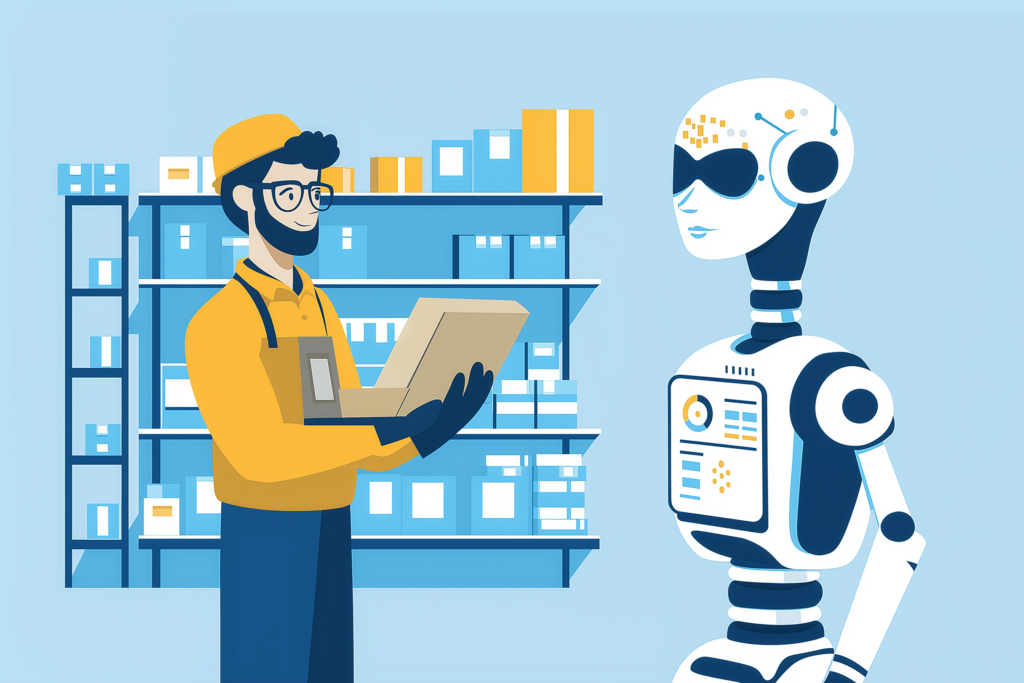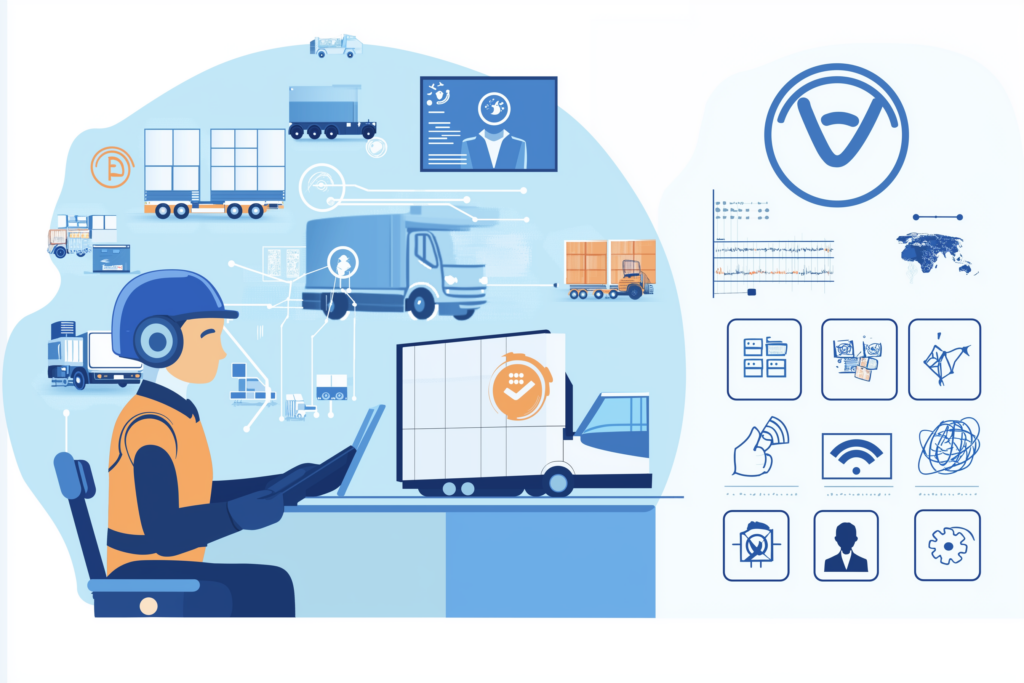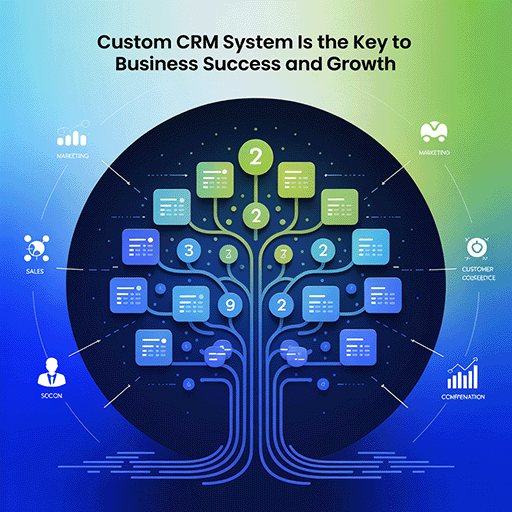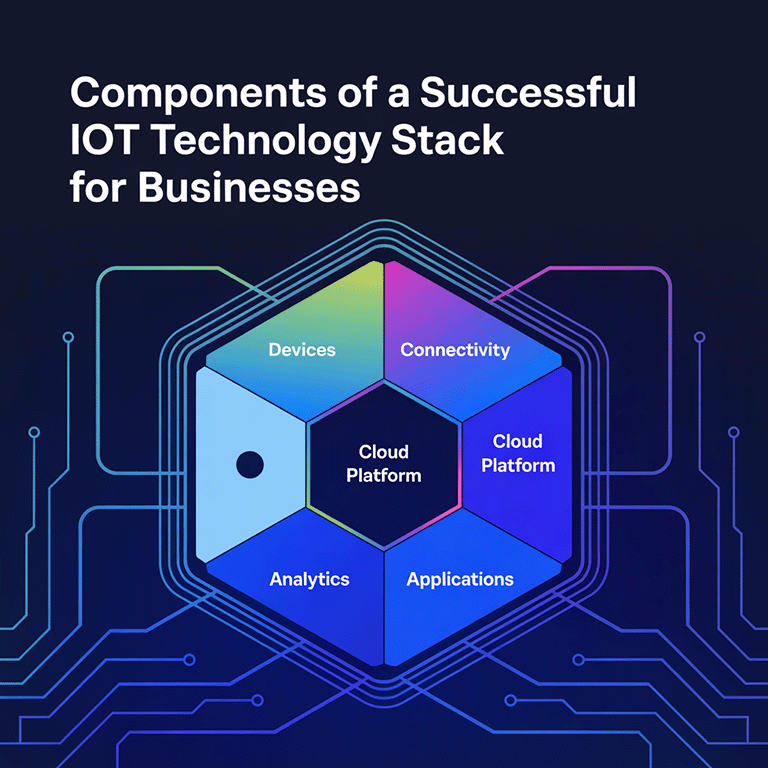“When we talk about ‘smart transportation,’ it is more than moving cargo from A to B,” said Soren Skou, a former CEO of Maersk. The modern business world demands supply chain efficiency because it has become an essential element. Businesses across multiple sectors face difficulties managing demand unpredictability along with inventory issues, supplier delays, and increased logistics expenses.
A McKinsey report reveals that 62% of supply chain executives consider AI and machine learning essential for addressing current industry challenges. At LITSLINK, we partnered with a mid-sized manufacturing company to build an AI solution that transformed their supply chain operations.
The case is under NDA, but it perfectly demonstrates our approach to AI implementation in supply chain management. It reveals the results we accomplished while explaining why AI represents the future of supply chain management.
The Challenge: Inefficiencies in Supply Chain Operations
The mid-sized manufacturing company we represent struggled with substantial difficulties in supply chain management operations. Their primary issues included:
- Inventory Management: The business experienced frequent stockouts and overstocking, which caused high inventory holding costs and missed sales opportunities.
- Demand Forecasting: Faulty demand prediction caused the company to maintain surplus inventory while also facing stock shortages for customer requirements.
- Supplier Management: Supply chain disruptions occurred because supplier delays triggered production bottlenecks.
- Logistics Optimization: The inefficient organization of shipment routes and schedules resulted in higher transportation costs and delayed deliveries.
The client approached LITSLINK with a clear objective: to utilize AI technologies to solve inefficiencies and establish a supply chain that operates smoothly and cost-effectively with improved responsiveness. Learn more about the benefits and use cases of AI in logistics and supply chain in our blog.
The Solution: Building an AI Agent for Supply Chain Optimization
Step 1: Understanding the Problem
Our team first comprehensively reviewed the client’s supply chain operations before starting the development process. We discovered major issues by examining historical data and conducting stakeholder interviews to capture their detailed needs and expectations. During this initial phase, we established the project scope. We created a customized AI solution for the supply chain to meet the client’s specific requirements.
Step 2: Data Collection and Preprocessing
The next step was to gather and preprocess pertinent data from multiple sources within the client’s supply chain, including:
- Historical Sales Data: To comprehend seasonality and demand patterns;
- Inventory Data: To analyze stock levels, turnover rates, and holding costs;
- Supplier Data: To evaluate lead times, reliability, and performance metrics;
- Logistics Data: To assess transportation routes, delivery times, and costs;
Data preprocessing involved cleaning the data, handling missing values, and normalizing datasets to ensure consistency and accuracy. This step was essential for preparing the data for training the AI models.

Step 3: Model Development and Training
We started creating the AI models after obtaining the preprocessed data. Our strategy combined a number of machine learning methods, such as:
- Demand Forecasting: We used past sales data to forecast future demand using regression models and time series analysis. This allowed the customer to minimize the chance of stockouts or overstocking and optimize inventory levels.
- Inventory Optimization: We used real-time demand projections, supplier lead times, and other variables to apply reinforcement learning algorithms and dynamically modify inventory levels. This reduced holding expenses while assisting the client in maintaining ideal stock levels.
- Supplier Performance Analysis: To assess supplier performance using a range of variables, including lead time, quality, and dependability, we created a classification model. As a result, the client could choose and manage suppliers with knowledge.
- Logistics Optimization: We used optimization methods to identify the most effective shipping routes and schedules. Consequently, delivery times were shortened, and transportation expenses decreased.
Step 4: Integration and Deployment
After the models were trained and verified, we incorporated the AI agent into the supply chain management system that the customer already had. To facilitate smooth communication between the client’s team and the AI agent, we have created user interfaces and APIs. To guarantee that the client’s employees could utilize the new system efficiently, we also conducted training sessions. You can read our blog article about how to build an AI agent. It gives a profound understanding of all the details.
Step 5: Continuous Monitoring and Improvement
AI systems are not static; to remain effective, they must be continuously monitored and improved. We set up a feedback loop that enabled the AI agent to learn from new data and adapt to changing conditions. Regular performance evaluations were carried out to identify areas for improvement and fine-tune the models as necessary.
The Results: Transforming Supply Chain Operations
The new AI agent made a big difference in how the client handles their supply chain. Here are some main results:
- Better Demand Forecasting: The AI agent’s models for predicting demand were right over 90% of the time, which really cut down on times when things were out of stock or too much was ordered. This led to a 15% reduction in storing goods and a 10% increase in sales because the client had what customers wanted.
- Right Amount of Inventory: The learning programs helped the client keep just the right amount of stock. They reduced the extra stock by 20%, making it less likely that they would run out of items.
- Better Supplier Handling: The model for checking supplier performance helped the client identify and fix problems with underperforming suppliers, cutting delays caused by suppliers by 25%.
- Smarter Shipping: The algorithms used to optimize logistics lowered shipping costs by 12% and ensured more deliveries arrived on time, improving by 18%.
- More Efficient Operations: Overall, the AI tool improved the client’s supply chain, boosting operational efficiency by 30% and greatly reducing the need for manual work.

AI in Supply Chain Real-World Examples
Our case study is a perfect example of how AI is disrupting the way we think about supply chain management. Here are real-time examples and emerging market trends that signify how AI is entering into this industry, more swiftly than anticipated.
1. Amazon: Predictive Analytics and Warehouse Automation
To correctly forecast demand for their inventory, Amazon uses AI-powered predictive analytics across a vast network of fulfillment centers globally. The company also uses AI-powered robots in the warehouse to streamline operations and reduce labor costs. Besides, Amazon offers customers the help of an AI shopping assistant — Q. Do you want to know what the AI assistant is and how to create one? We’ve covered that in our blog.
2. Walmart: AI for Inventory Management
Walmart uses machine learning algorithms to regulate inventory levels in real time. The retail giant has used this technology to reduce instances of stockout and overstock — making sure the right items are in stock when customers need them.
3. DHL: Route Optimization
DHL streamlines delivery routes using artificial intelligence, which cuts both fuel use and speeds up deliveries. AI for supply chain optimization has saved the company 15% in transportation costs.
4. Unilever: Supplier Risk Management
Unilever employs AI to monitor supplier performance and potential risks like delays or quality issues. As a result, the company has created quite a robust and effective supply chain.
5. Maersk: Predictive Maintenance
AI-enabled predictive maintenance capabilities, like the ones Maersk — one of the world’s largest shipping companies — uses, rely on to predict when equipment will likely fail and proactively schedule maintenance. This has resulted in less downtime and increased implementation efficiency.
Why Choose LITSLINK for Your AI Development Needs?
LITSLINK’s team looks at your company’s unique requirements and builds custom AI solutions that are ready to beat up the market’s competitors. Our dedicated AI developers, data scientists, and supply chain experts cover your business needs, as we know industry pain points and develop innovative AI solutions.

At LITSLINK, we don’t just build AI solutions—we deliver results. Here’s why we’re the right partner for your AI development needs:
- Proven Expertise: We have created over 50 successful AI projects for companies across various industries, focusing on supply chain and logistics, manufacturing, and retail. Therefore, we understand the challenges and pain points of each industry. Find more success stories and details to evaluate our expertise.
- Customized Solutions: We don’t believe in one-size-fits-all solutions. Therefore, we ensure that every project is tailored to our client’s specific needs and goals, ensuring that the AI solution delivers maximum value.
- End-to-End Services: We do all the behind-the-scenes work in-house, so there’s no need to seek out another firm for a second opinion, data review, or anything else.
- Commitment to Innovation: We are constantly looking for the next big method and machine in the industry; we use advanced AI technology to guarantee our client work product is precise and close to perfection.
Conclusion: The Future of Supply Chain Management is AI
The following case study illustrates the transformation of the supply chain sectors in action. Companies using AI in the supply chain address traditional pain points, streamline their core functions, and establish an advantage in the marketplace.
It’s no longer a question of whether to embrace AI for the supply chain — it’s how quickly you can do so and get ahead of your competition.
At LITSLINK, we are ready to help you overcome this transformation. Our AI solutions are tailored to provide effective software whether you are looking to optimize inventory, enhance demand forecasting, or streamline logistics.
Ready to transform your supply chain? Get in touch with LITSLINK today, and let’s create the future together.





